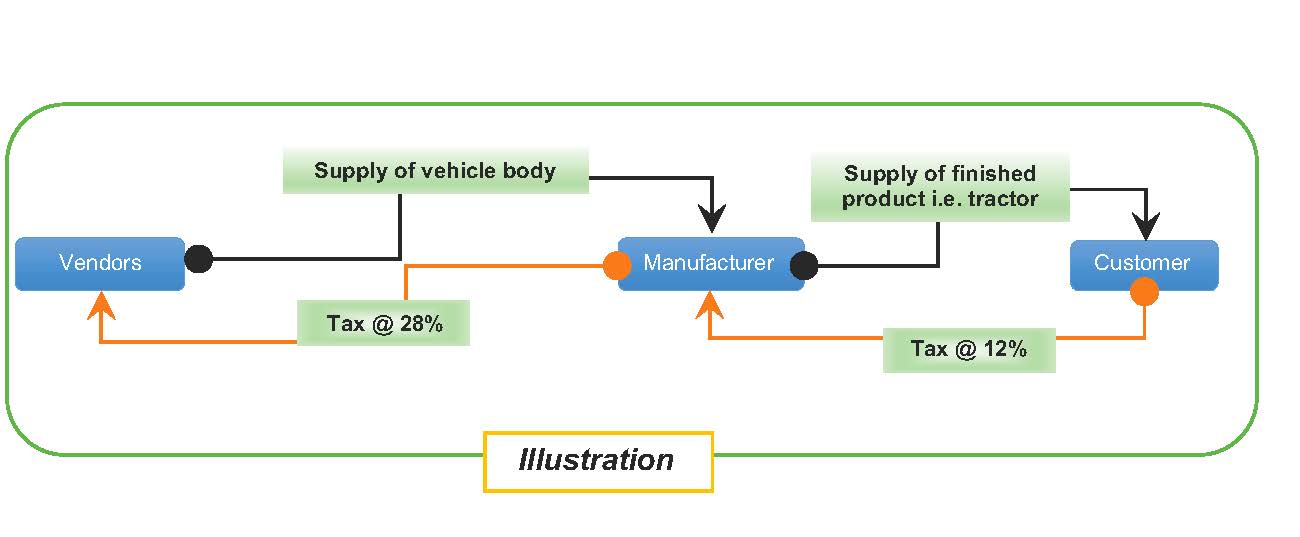Central Board of Indirect Taxes and Customs (“CBIC”) has issued Circular No. CBEC-20/16/05/2021-GST/359 dated February 23, 2021 providing guidelines for provisional attachment of property under Section 83 of the Central Goods and Services Tax Act, 2017 (“CGST Act, 2017”).
Section 83 provides for provisional attachment of property for the purpose of protecting the interest of revenue during the pendency of any proceeding under Section 62 (Assessment of non-filers of returns) or Section 63 (Assessment of unregistered persons) or Section 64 (Summary assessment) or Section 67 (Power of inspection, search and seizure) or Section 73 (Demand of tax) or Section 74 (Demand of tax by invoking extended period of limitation) of the CGST Act. In relation to the same, Rule 159 of the CGST Rules provides the procedure to be followed by the proper officer.
We have culled out the highlights of the Guidelines herein below.
Grounds for provisional attachment of property
- Commissioner must exercise due diligence and duly consider as well as carefully examine all the facts of the case, including the nature of offence, amount of revenue involved, established nature of the business, and extent of investment in capital assets before attaching the property.
- Commissioner must have reasons to believe that the taxable person may dispose of or remove the property if not attached provisionally.
- Commissioner should duly record the ‘reasons to believe’ on file.
- CBIC has directed that the power of provisional attachment must not be exercised in a routine/mechanical manner and should be based on careful examination of all the facts of the case. It has been mandated that the collective evidence, based on the proceedings/ enquiry conducted in the case, must indicate that prima-facie a case has been made out against the taxpayer, before going ahead with any provisional attachment.
- As the provisional attachment of property may affect the working capital of the taxable person, the investigation and adjudication should be completed at the earliest.
Cases fit for provisional attachment of property
Provisional attachment should not be invoked in cases of technical nature and should be resorted to mainly in cases where there is an evasion of tax or where the wrongful input tax credit (“ITC”) is availed or utilized or wrongfully passed on. Provisional attachment can be resorted to in following cases:
- Where taxable person has supplied any goods or services without issue of any invoice with an intention to evade tax; or
- Where taxable person has issued any invoice without supply; or
- Where taxable person has availed ITC using the invoice or bill issued without any corresponding supply or fraudulently availed ITC without any invoice; or
- Where taxable person has collected any amount as tax but has failed to pay the same to the Government beyond a period of 3 months; or
- Where taxable person has fraudulently obtained refund; or
- Where taxable person has passed on ITC fraudulently to the recipient(s) but has not paid the commensurate tax.
Aforesaid list is not exhaustive and is illustrative only.
Procedure for provisional attachment of property
- Commissioner should duly record the ‘reasons to believe’ on file and pass an order in Form GST DRC -22 with proper Document Identification Number (“DIN”) recording the details of property being attached.
- Copy of order in Form GST DRC – 22 to be sent to the concerned revenue authority / transport authority / bank or the relevant authority to place encumbrance on the attached property. The property, thus attached, shall be removed only on the written instructions from the Commissioner.
- Copy of such attachment order shall be provided to the taxable person as early as possible so that objections, if any, to the said attachment can be made by the taxable person within 7 days.
- If such objection is filed by the taxable person, Commissioner should provide an opportunity of being heard. After considering the facts presented by the person in his written objection as well as during the personal hearing, if any, the Commissioner should form a reasoned view whether the property is still required to be continued to be attached or not, and pass an order in writing.
- In case, the Commissioner is satisfied that the property was or is no longer liable for attachment, he may release such property by issuing an order in FORM GST DRC- 23.
- Even in cases where objection is not filed within the time prescribed under Rule 159(5) of CGST Rules i.e. 7 days, the Commissioner should pass a reasoned order.
- Each such provisional attachment shall cease to have effect after the expiry of a period of one year from the date of the order of attachment.
- In case the attached property is of perishable/hazardous nature, then such property shall be released to the taxable person by issuing order in FORM GST DRC-23, after taxable person pays an amount equivalent to the market price of such property or the amount that is or may become payable by the taxable person, whichever is lower, and submits proof of payment.
- In case the taxable person fails to pay the said amount, then the perishable / hazardous property may be disposed of and the amount recovered from such disposal of property shall be adjustable against the tax, interest, penalty, fee or any other amount payable by the taxable person.
- Further, the sale proceeds thus obtained must be deposited in the nearest Government Treasury or branch of any nationalised bank in fixed deposit and the receipt thereof must be retained for record, so that the same can be adjusted against the amount determined to be recoverable from the said taxable person.
Types of property that can be attached
- Value of property attached should not be excessive and should be reasonable to the estimated amount of pending revenue. More than one property can be attached.
- Provisional attachment can be made only of the property belonging to the taxable person, against whom the proceedings under Section 83 of the Act are pending.
- Movable property should normally be attached only if the immovable property, available for attachment, is not sufficient to protect the interests of revenue.
- As far as possible, it should also be ensured that such attachment does not hamper normal business activities of the taxable person. This would mean that raw materials and inputs required for production or finished goods should not normally be attached by the Department.
- In cases where the movable property, including bank account, belonging to a taxable person has been attached, such movable property may be released if taxable person offers any other immovable property which is sufficient to protect the interest of revenue.
(Circular No. CBEC-20/16/05/2021-GST/359 dated February 23, 2021 issued by Central Board of Indirect Taxes and Customs)
By Manish Parmar. Views are personal. Manish can be reached at manish.parmar@aureuslaw.com.
As on: Tuesday Feb 23, 2021





